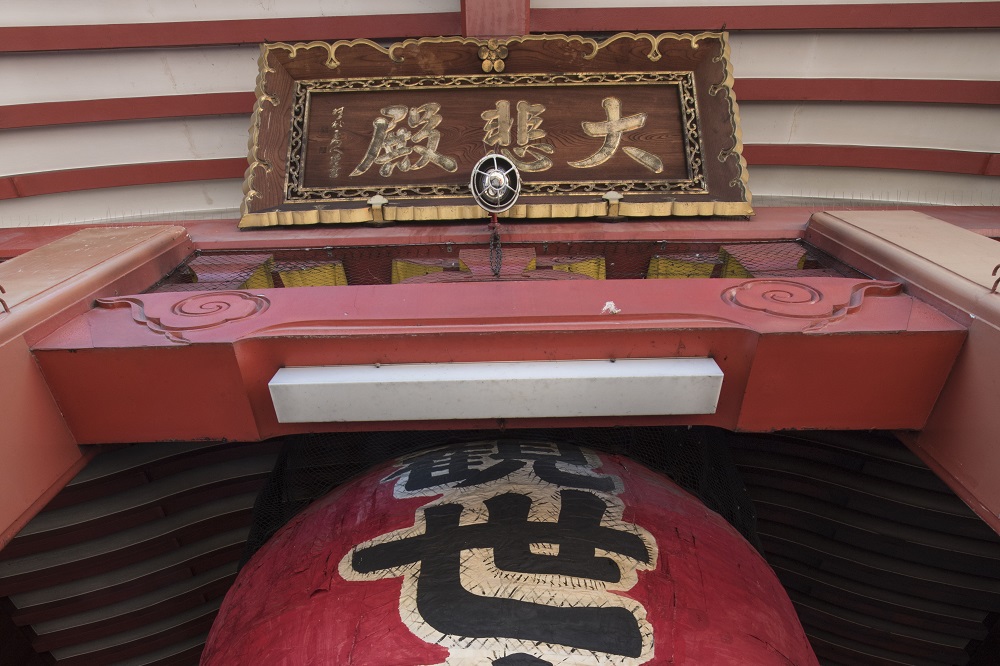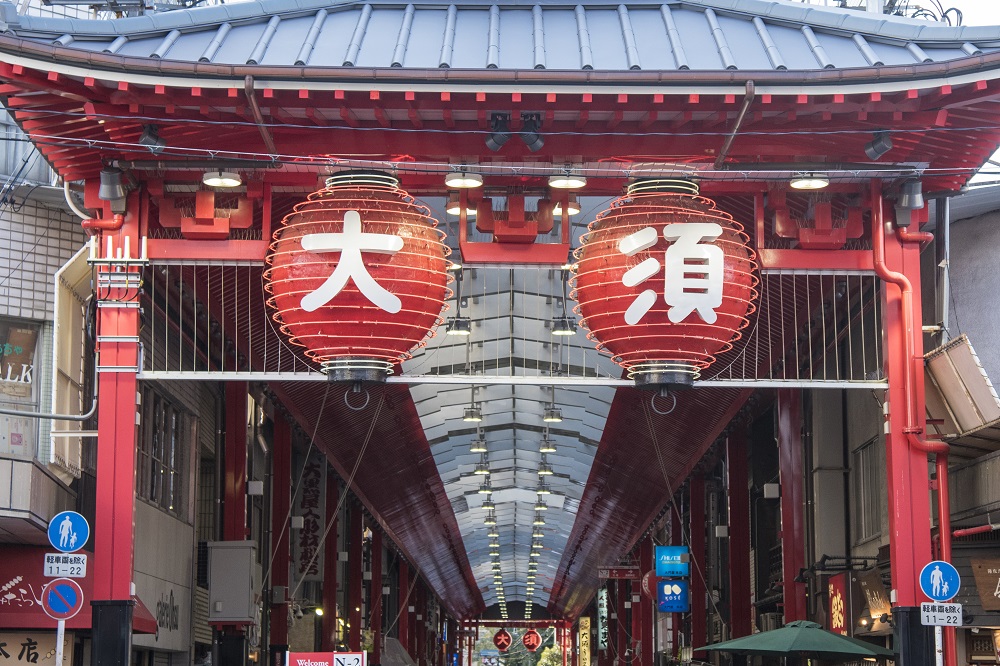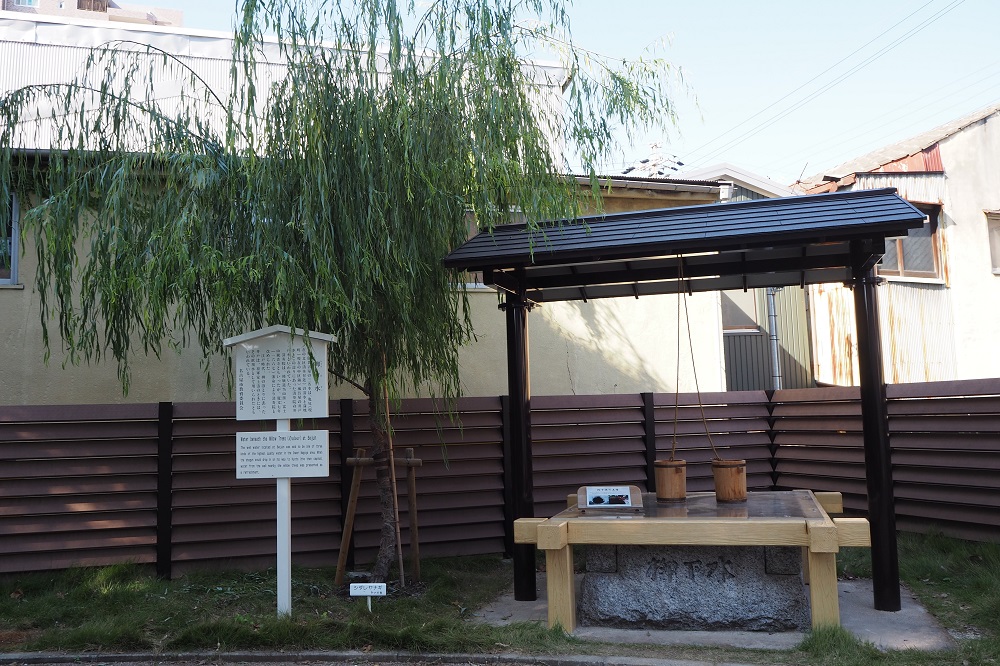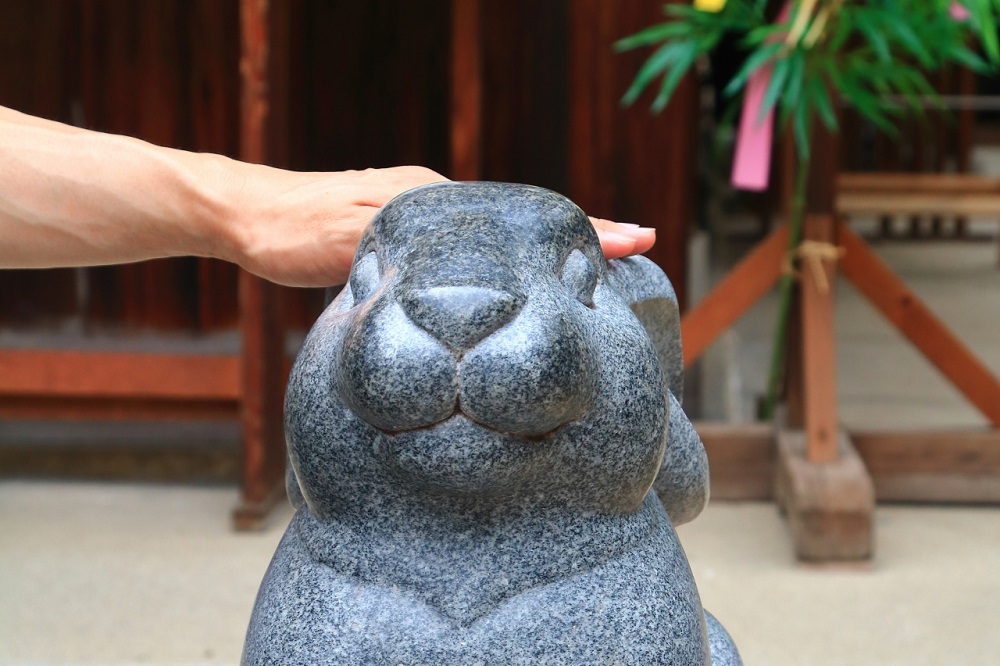Osu Kannon/大須観音(Aichi)
About Osu Kannon
Osu Kannon is one of Japan’s three most prestigious Kannon sacred sites, along with Asakusa Kannon in Tokyo and Tsu Kannon in Mie Prefecture. Founded by Noshin-Shonin in 1324, the main object of worship at the temple is a wooden statue of Kannon, the goddess of mercy, which was carved by Kobo Daishi (Kukai), a famous Buddhist monk. Osu Kannon is located in the heart of Nagoya City and many people come to pray here every year. On Setsubun, a traditional event held every February, Osu Kannon attracts a lively crowd with a parade featuring the Shichifukujin (Seven Lucky Gods) riding a float resembling their treasure ship.

©(公財)名古屋コンベンションビュロー
Osu Kannon was originally built in Osu-go, Nagaoka, Owari (present-day Osu, Hashima City, Gifu Prefecture) by Noshin-Shonin. Before founding the temple, it is said that this Buddhist priest prayed earnestly at Ise Shrine for a hundred days in the hope of being enlightened as to how best he could build a new place of worship. One night he dreamed of the deity, Kannon, who told him how he should proceed. Because the figure of Kannon in his dream looked the same as the wooden sculpture carved by Kobo Daishi (Kukai), Noshin-Shonin established this wooden sculpture as Osu Kannon's main object of worship. Moreover, Oda Nobunaga donated five hundred kokus (a considerable sum for the time) to Osu Kannon, and the very first move Tokugawa Ieyasu made when he built Nagoya Castle was to have Osu Kannon relocated to where it sits today. These actions stand testimony to the deep devotion these infamous lords of the Warring States Period had for Osu Kannon.

©(公財)名古屋コンベンションビュロー
The district surrounding Osu Kannon flourished with the arrival of the temple in 1612. At the time, the center of Owari region was Oda Nobunaga’s residence, Kiyosu Castle, and the castle town surrounding it, however when Tokugawa Ieyasu made the decision to build Nagoya Castle, everything was moved from Kiyosu to Nagoya. Amid this great transition, the area where Osu Kannon is currently situated was designated a place where many shrines and temples would be concentrated, and after Osu Kannon was relocated there, developed as "Monzen-machi (temple town). "
Today, the area is renowned for its many shops selling Buddhist altars and other Buddhist goods, and strongly preserves the traditions and techniques cultivated to date.

©(公財)名古屋コンベンションビュロー
Osu Shotengai (Osu shopping arcade) thrived as Nagoya itself grew, and remains a hive of activity to this day. A total of eight streets, including Osu Kannon Street, feature around 1,200 retailers offering all kinds of wares, from home electrical appliances and vintage clothing, to food and drink. In the late 1970s, major home appliance retailers and computer stores began opening their doors in Osu Shotengai, and it became known as one of Japan’s three largest electric towns. Today there are a high number of retailers selling overseas products and restaurants serving international dishes, which has earned Osu a reputation as a cosmopolitan melting pot of culture, fashion, and gourmet. The sheer diversity and inclusive nature of the town, where people of all nationalities, generations, and gender are welcome, has led to people dubbing it "Gottani (mixed-pot) Shotengai."
Getting there and around
Subway
Nagoya City Transportation Bureau (Subway)
Tsurumai Line, Osu Kannon Station, Exit No. 2
City Bus
Take the No. 18 City bus bound for Meitetsu Jingumae from Nagoya Station, and get off at the Osu bus stop.
Top Tip
Osu Summer Festival/大須夏祭り
Osu Summer Festival is a grand event held at Osu Kannon and Osu Shotengai for one weekend between late July and early August every year. These two days are jam-packed with ultimate forms of entertainment, including Osu Taiko (drum), a traditional performing art, a Samba dance to cheerful Brazilian music, a cosplay parade, a live performance by local artist, OS★U and, at night, a Bon Odori dance and Tezutsu Hanabi (hand-held fireworks) performance.

Kitanosan shinpukuji hoshoin/北野山真福寺寶生院
Osu Kannon’s official name is "Kitanosan Shinpukuji Hoshoin," however local residents began calling it Osu Kannon and the name soon spread and took root as a term of endearment. Osu Kannon is considered a "power spot" where many people go to pray for either their own happiness or the happiness of their family, with the temple believed to offer benefits such as household safety, physical health, business prosperity, strong academic achievements, etc. Over 500,000 people come to pay their respects over the first three days of the New Year, making for an extremely lively and overwhelming scene.

©(公財)名古屋コンベンションビュロー
Ryukasui/柳下水
Acclaimed as one of Nagoya’s Three Famous Waters, "Ryukasui" is water that was once collected from a well at a temple that used to stand in Osu, Seijyuin Temple. It is said to have been used by the Shogun as drinking water when they made their pilgrimages to Kyoto back in the Edo Period. There was a plan to demolish the well in line with redevelopment of the area, but upon strong requests from the locals, it was relocated to Nagonoyama Kofun Park, which lies very close to Osu Kannon.

Unique Local Experiences
Miwa Shrine situated close to Osu Kannon is famous as a shrine for matchmaking. The shrine grounds feature a stone rabbit known as the "Rabbit of Happiness," and people believe patting it will bring happiness. The wooden plaque used when writing wishes, "Ema," are in the shape of bunnies, which is unlike the Ema at most shrines, making Miwa Shrine popular among women. Another highlight of the district is the ruins of the archery range that the Owari Tokugawa clan once used for the "Toshiya (archery exhibition contest)" training.

Travel Advice and Tips
Osu Kannon and Osu Shotengai are within walking distance of Sakae. With its numerous hotels and other forms of accommodation, not to mention great access to subway lines and bus routes, Sakae is perfect to set up camp when embarking on your Nagoya sightseeing trip. Sakae is also Nagoya’s shopping and entertainment district, and when the sun goes down, a lively crowd emanating a completely different vibe to that of the daytime crowd emerges. Sakae is an ideal place to stay for sightseers who want to take their time exploring the nooks and crannies of Osu on foot.
Accommodations
ANA Crowne Plaza Hotel Grand Court NAGOYA/ANAクラウンプラザホテルグランコート名古屋(Aichi)
1-1-1 Kanayama-cho, Naka-ku, Nagoya, Aichi
ANA Crowne Plaza Hotel Grand Court NAGOYA is situated just a short stroll from Kanayama Station, Aichi Prefecture's second busiest hub after Nagoya Station. The hotel is conveniently located just 5 minutes from Nagoya Station by train and 8 minutes f....

